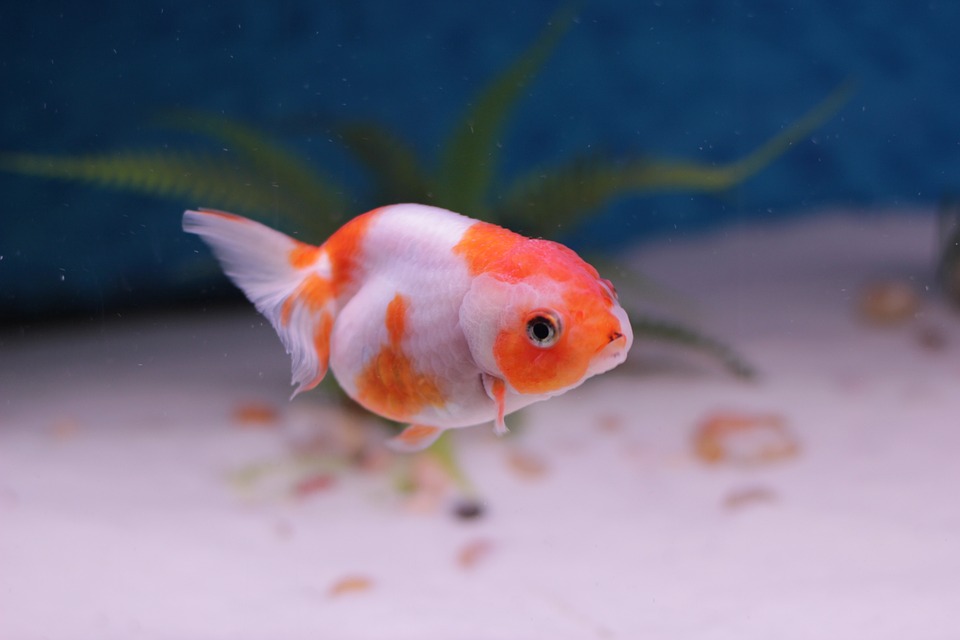*By [Your Name]*
*Published on [Date]*
Introduction:
————–
Having a fish tank at home is a delightful way to bring nature into your living space. However, fish tank owners often encounter various challenges, such as maintaining proper water conditions, preventing diseases, and providing appropriate care for their aquatic companions. One particular issue that frequently arises is bacterial infections in fish. In this comprehensive observation, we will dive deep into the most common bacterial infections found in fish tank fish, their causes, symptoms, and effective treatments to ensure your finned friends stay healthy and vibrant.
I. Understanding Bacterial Infections in Fish:
———————————————————
Bacterial infections in fish occur when harmful bacteria invade their bodies, leading to various health problems. These infections can affect different parts of a fish’s body, including the fins, gills, skin, and internal organs. The causes of these infections can vary, but poor water quality, stress, and unsanitary tank conditions are often contributing factors. Early detection and prevention are crucial to minimize the impact of bacterial infections on fish health.
II. Identifying Common Bacterial Infections in Fish:
————————————————————
2.1 Fin Rot: Causes, Symptoms, and Treatments
Fin rot is a common bacterial infection characterized by the deterioration of a fish’s fins. It is caused by various bacteria, including Aeromonas and Pseudomonas. Symptoms of fin rot include frayed or discolored fins, inflammation, and loss of appetite. Treatment involves improving water quality, administering antibiotics, and providing proper nutrition.
2.2 Columnaris: Causes, Symptoms, and Treatments
Columnaris, also known as cottonmouth disease, is caused by the bacterium Flavobacterium columnare. It presents as white, cotton-like growth on the fish’s body, fins, or gills. Other symptoms include lethargy, loss of appetite, and difficulty breathing. Treatment involves isolating the infected fish, improving water conditions, and using antibiotics or antimicrobial agents.
2.3 Dropsy: Causes, Symptoms, and Treatments
Dropsy is a bacterial infection that affects a fish’s internal organs, leading to fluid accumulation and swelling of the abdomen. It is commonly caused by the bacterium Aeromonas. Symptoms include bloating, protruding scales, and lethargy. Treatment involves isolating the infected fish, improving water quality, and administering antibiotics.
2.4 Tail and Mouth Rot: Causes, Symptoms, and Treatments
Tail and mouth rot infections are caused by various bacteria, including Aeromonas, Pseudomonas, and Vibrio. Symptoms include rotting or decaying tissue around the tail and mouth, inflammation, and loss of appetite. Treatment involves improving water quality, removing affected tissue, and administering antibiotics.
III. Preventing Bacterial Infections in Fish:
————————————————–
Preventing bacterial infections in fish is essential for their well-being. Here are some preventive measures:
3.1 Creating a clean and healthy environment
Maintaining optimal water quality is crucial. Regularly test the water parameters, such as pH, ammonia, nitrite, and nitrate levels, and make necessary adjustments. Clean the tank regularly, remove uneaten food, and vacuum the substrate.
3.2 Proper nutrition and feeding habits
Provide a balanced diet for your fish, including a variety of high-quality pellets, flakes, and live or frozen foods. Avoid overfeeding, as excess food can contribute to poor water quality and bacterial growth.
3.3 Quarantine and introduction protocols
Quarantine new fish before introducing them to your main tank. This helps prevent the spread of diseases. When introducing new fish, acclimate them slowly to the tank’s water parameters to reduce stress.
FAQs (Frequently Asked Questions):
————————————–
Q1: Can bacterial infections in fish be transmitted to humans?
Bacterial infections in fish are generally species-specific and do not pose a significant risk to humans. However, it is essential to practice good hygiene when handling fish or tank equipment to minimize any potential risks.
Q2: Are there any natural remedies for treating bacterial infections in fish?
While natural remedies such as salt baths or herbal treatments may have some anecdotal benefits, it is best to consult with a veterinarian or aquatic specialist for proper diagnosis and treatment of bacterial infections in fish.
Q3: How can I differentiate between a bacterial infection and a fungal infection in my fish?
Bacterial infections often present with redness, inflammation, and rotting tissue, while fungal infections appear as white cotton-like growth on the fish’s body or fins. Proper diagnosis by a professional is crucial for accurate treatment.
Q4: Can stress cause bacterial infections in fish?
Yes, stress weakens a fish’s immune system, making them more susceptible to bacterial infections. It is important to minimize stressors, such as sudden changes in water parameters or overcrowding, to maintain fish health.
Q5: What is the best way to disinfect fish tank equipment to prevent bacterial infections?
To disinfect fish tank equipment, soak them in a solution of one part bleach to nine parts water for 15-20 minutes. Rinse thoroughly with water and allow them to air dry before reuse.
Conclusion:
————–
Being aware of the common bacterial infections that can affect your fish tank fish is crucial for their overall well-being. By understanding the causes, symptoms, and treatments of these infections, you can take appropriate measures to prevent them from occurring or promptly address them if they do. Remember, maintaining a clean environment, providing proper nutrition, and following good hygiene practices are all essential steps to ensure the health and happiness of your aquatic companions. Happy fishkeeping!









